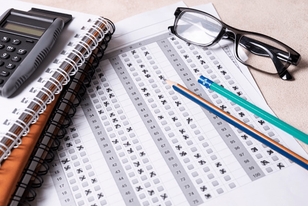Improving Skills and Knowledge of BLS

Improve Your Skills and Knowledge of Basic Life Support
Imagine you are a doctor, and one of your patients starts having a heart attack. You know what to do to save their life because you have taken a course in Basic Life Support (BLS). BLS is a series of simple steps that can be used to help someone who is having a heart attack, or who is choking, or who has been injured. But what happens if you’re not a doctor and somebody has a medical emergency right in front of you?
Initially, you might think that this is incredibly unlikely. After all, why would somebody have a medical emergency when there are so many people around who know what to do? But the reality is that medical emergencies happen all the time, and they can happen to anybody. Every year, thousands of Australians, Brits, Americans, and people all over the world are left wishing that they had known what to do in a medical emergency.
If you find yourself in the position of being the only person around when somebody has a medical emergency, it is important to know how to perform basic life support (BLS). Here are some of the reasons why you should take a Basic Life Support Course this year:
Save a Life – Most obviously, if you know how to perform CPR or use an AED, you could save somebody’s life. This is an incredibly rewarding feeling, and knowing that you have the skills to make a difference in a crisis is empowering.
Reduce Stress – If you have never been in a medical emergency before, it can be an incredibly stressful experience. Learning how to perform basic life support techniques will help to reduce your stress levels should you ever encounter one (especially when it’s a family member or friend that needs help).
Add Value to Your Career – Of course, in some careers, having BLS certification is a requirement. However, even if it isn’t a must, being able to show employers and clients that you have these skills can give you a significant advantage over the competition.
Basic life support is an important skill for everyone to know, and you’ve now seen the reasons why you should make sure that your skills and knowledge are up to date.
First Aid Short Course
With this in mind, what sort of thing can you expect to learn on a first aid short course? In general, the course will start with basic anatomy and physiology, to give you an understanding of how the body works. Often, this will be followed by a section on common injuries and how to treat them. The final part of the course will focus on CPR and how to use an automated external defibrillator (AED) – in other words, this is the life-saving aspect of the course.
Naturally, every course is unique and will be tailored to the needs of the students. However, all reputable courses will cover the essential topics listed above. In terms of CPR, you can expect to learn how to perform chest compressions, as well as mouth-to-mouth resuscitation.
In case you didn’t know, CPR is short for cardiopulmonary resuscitation and it is a first-aid technique that can be used when someone’s heart has stopped beating. On the other hand, AED stands for ‘automated external defibrillator’, which is a machine that can be used to restart someone’s heart.
As you can see, taking a BLS course can be extremely beneficial, especially if you work in the healthcare industry. Not only will you gain valuable skills and knowledge, but you could just save a life. Why not sign up now?




